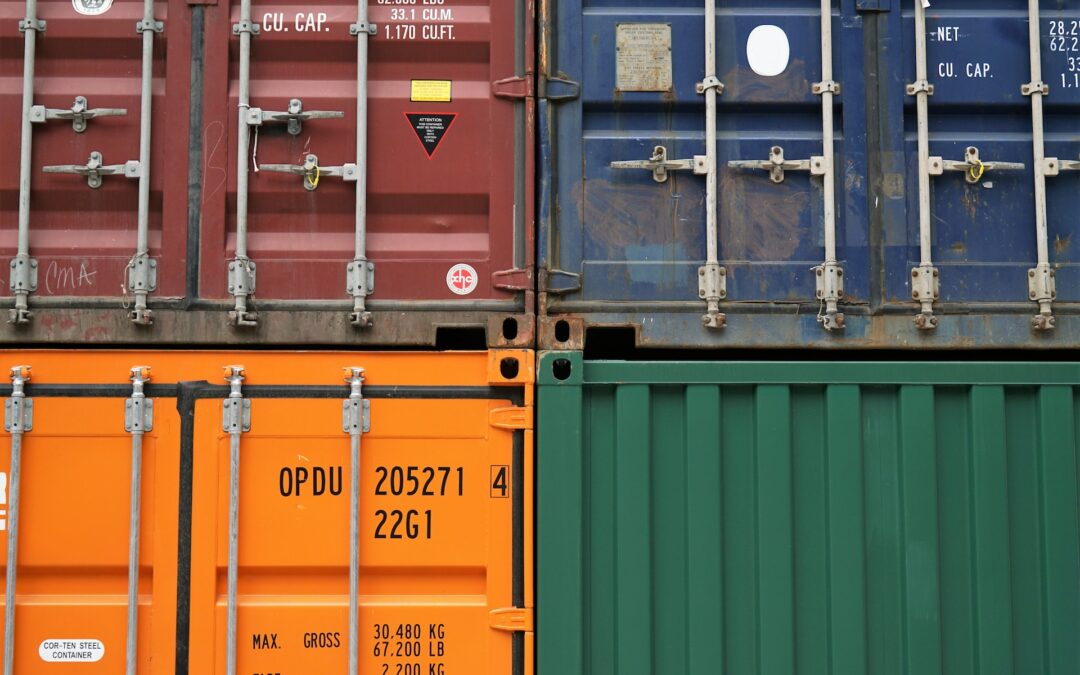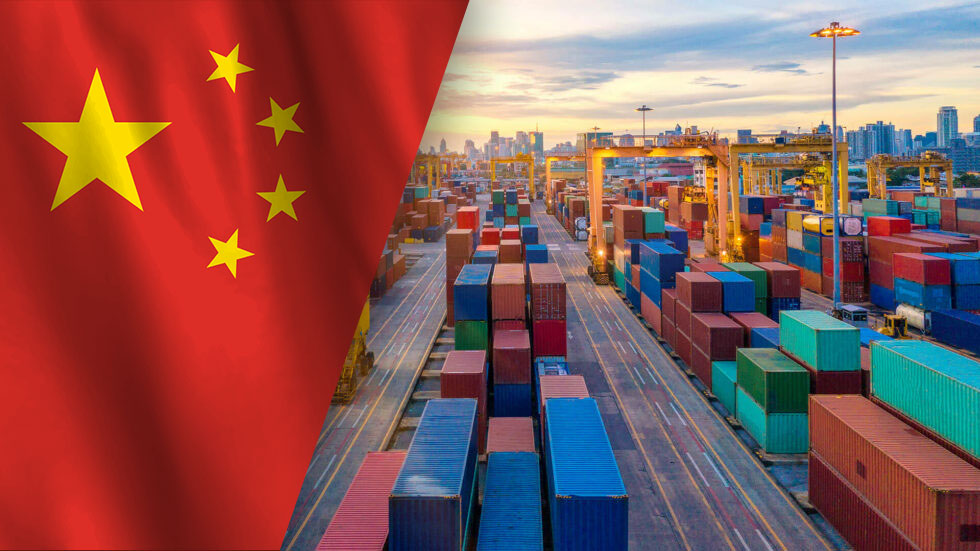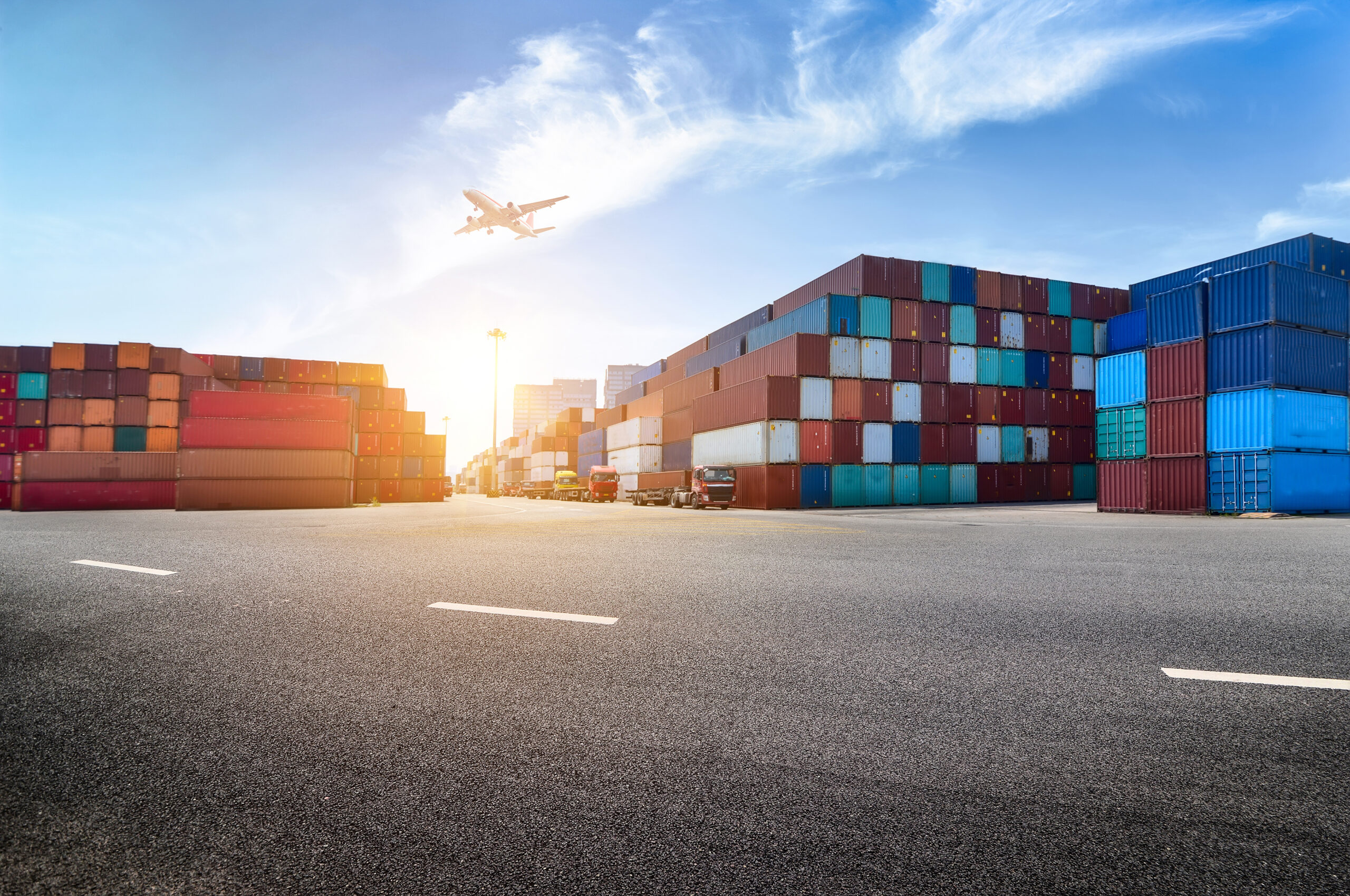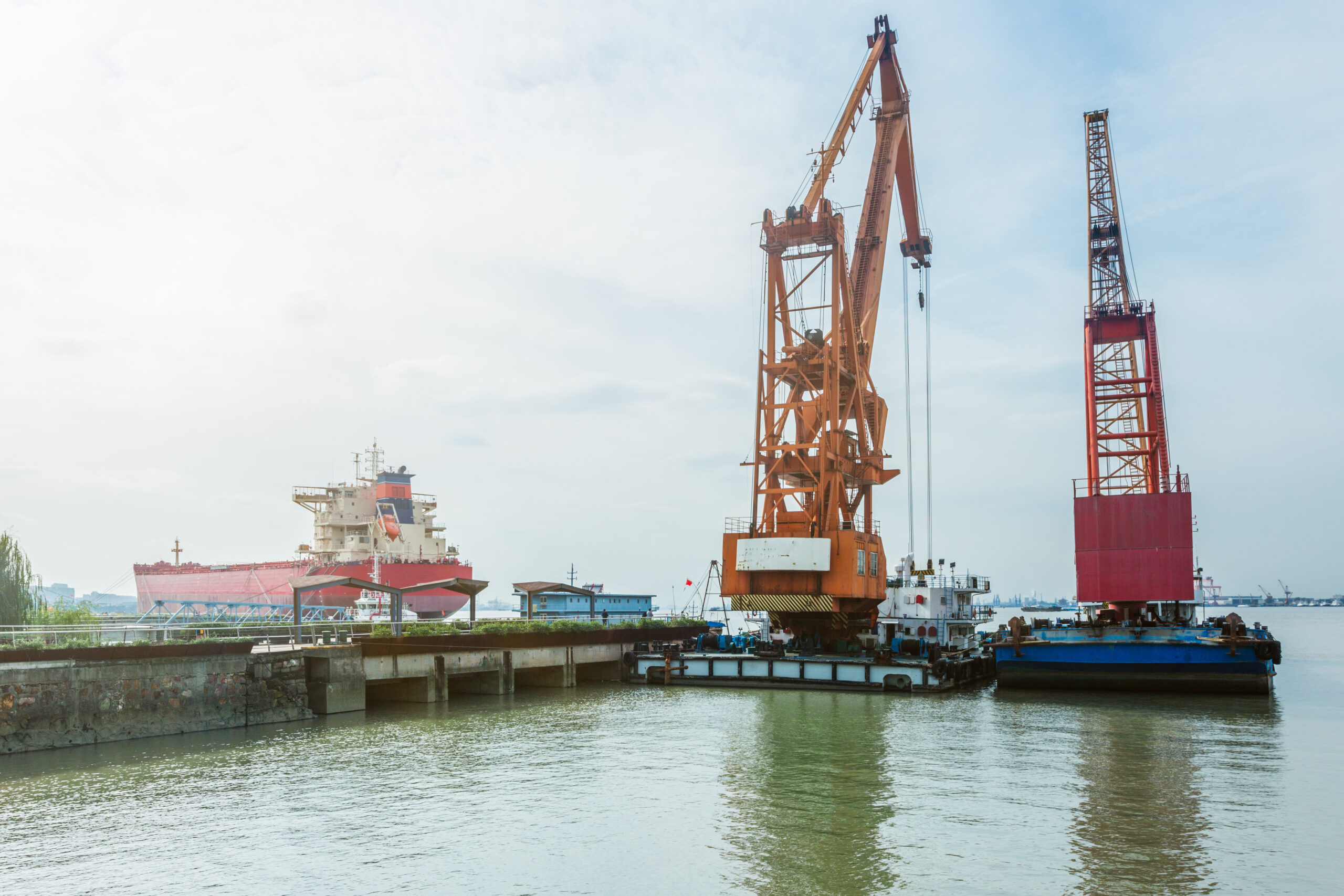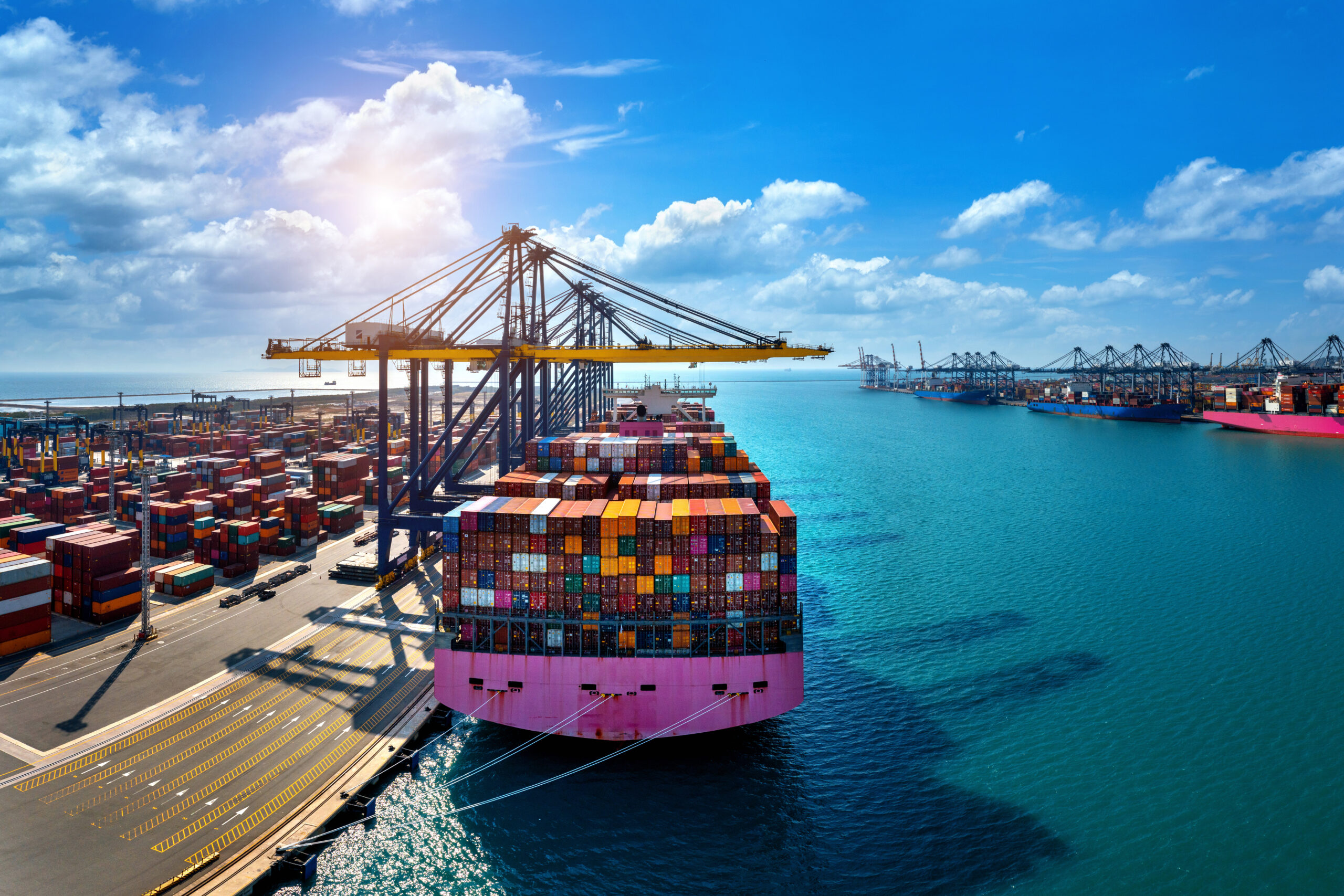This week:
- The Department of Transportation boosts further development of the new supply chain data exchange program
- The port of New York and New Jersey sees drops in import volumes and drayage rates
- The number of new supply chain projects across North America drop in April
- New FMC rule will allow terminals to include weekends and holidays in free-time tariff calculations
- US warehouse vacancies hit a 14-year high
US DoT Has Requested an Additional $5.3 Million to Ramp Up Supply Chain Data Exchange Program
The Freight Logistics Optimization Works (FLOW) program was first created in 2022 by the Department of Transportation (DoT) as a means for preventing problems in the supply chain by allowing supply chain businesses such as truckers, retailers, shippers, wholesalers, and more to easily share information. By optimizing how businesses share supply-and-demand information, the program will help businesses across the supply chain to track the movement of cargo for improved resiliency after the bottlenecks experienced over the pandemic.
In order to continue scaling the program, the DoT has requested an additional $5.3 million in federal funding after the number of member businesses increased from just 18 in March 2020 to 53 in May this year. Key members include Nike, Walmart, FedEx, UPS, Home Depot, and Costco.
Sign up to Receive JMR’s Supply Chain News Roundup, Delivered Directly to Your Inbox Weekly
Drayage Rates Drop After NY-NJ Port Volume Downturn
According to the Port Authority of New York and New Jersey (PANYNJ), import volumes into the port between March 2022 to March 2023 fell by 27% compared to the same period a year prior, totaling just 898,437 TEU. Trucking activity to the port also dropped by an average of 13% in the first quarter of 2023 compared with 2022 due to the reduction in incoming containers.
As a result, drayage spot rates in the area have been pushed lower with container haulage rates to distribution centers such as those in Allentown, Pennsylvania, dropping to around $1,400 after last year’s $2,500 per container. Shippers are taking advantage of the lower drayage rates by switching away from rail options and, in some cases, negotiating for shorter-term contracts to better leverage prices should they drop further.
The Number of Distribution and Supply Chain Projects in North America Dropped in April
Free time tariff calculations made by terminals at the port of New York and New Jersey will soon be able to include weekends and longshore worker holiday gate hours. A new FMC rule that comes into play on June 1 will allow terminals to include weekends and holidays in their free time container storage calculations if the terminals are open on those days, and although five of the port’s six terminals do not normally open on weekends, the Elizabeth, N.J. terminal operated by APM opened on three Saturdays between April 23 and May 6, causing some concern among truckers and shippers regarding the possibility of reduced container storage time and a greater chance of additional fees in the future.
The new changes have also increased fee amounts, with demurrage charges now ranging from between $186 and $400 from the previous $172 to $384 per day range. Containers that exceed free time by more than 30 days will face a new daily rate of $568.
Looming FMC Closed Gate Rule Causes NY-NJ Terminals to Change their Free Time Tariffs
The Port of Savannah will move ahead with the construction of a new inland terminal located in Northeast Georgia near Gainesville after gaining environmental clearance for the project, which has unlocked an additional $46.8 million in federal funding for the project. Construction is expected to begin in the beginning of 2023 with an approximate cost of $170 million.
The new inland terminal is expected to open in 2026 with a 200,000-lift capacity. Executive director of the Georgia Ports Authority (GPA) Griff Lynch estimated that once built, the new terminal could see between 50,000 and 60,000 annual container lifts. For reference, the Appalachian Regional Port near Crandall, North Georgia, handled 33,024 container lifts in 2022.
Warehouse Vacancies in the US Rose in the First Quarter of 2023
Vacancy rates in US industrial warehouses reached a 14-year high in Q1 of this year thanks to reduced demand for storage and distribution space, with nationwide vacancies reaching 3.5%, up 50 basis points from the fourth quarter of 2022, the highest vacancy rate since the second quarter of 2009.
2023’s Q1 also saw the highest quarter-on-quarter vacancy rate increase on record with 89 million square feet of new warehouse space becoming available, which was combined with an additional 144.1 million square feet thanks to new construction completions, the second highest quarter-on-quarter increase. With the new warehouse openings in the first quarter, total US industrial space increased 2% from a year ago to 18.3 billion square feet, all of which will leave warehouse demand through the rest of 2023 uneven.
The diversion of discretionary cargo away from the West Coast has led to many importers of Asian-made goods favoring ports in the Southeast, Savannah in particular. 2022’s Asia import volume only decreased by 0.3% after 2021’s 13.5% spike, however, the Southeast’s market share rose by 1.1% from 19.8% to 20.9% between these two years, a 5.2% volume increase, while the West Coast’s market share dropped from 59.9% to 56.4%.
Savannah led the Southeast ports with a market share increase of 0.7% to an 11.1% total, increasing the port’s import volume by 6.1%. Charleston followed suit with a market share increase of 0.5% to a market share of 3.8% after a 14.6% spike in shipment volume.
Although it remains to be seen whether the Southeast will maintain its market share after ILWU contract negotiations finish, the Southeast ports are a gateway to North and South Caroline, Georgia, Tennessee, and Florida. And as Southeastern ports get more upgrades and improved supply chain infrastructure investments, shippers may prefer to send imports from Asia directly to the Southeast ports rather than to the West Coast, where they must make the intermodal journey across the country.
(Source: John McArthur | Unsplash)
